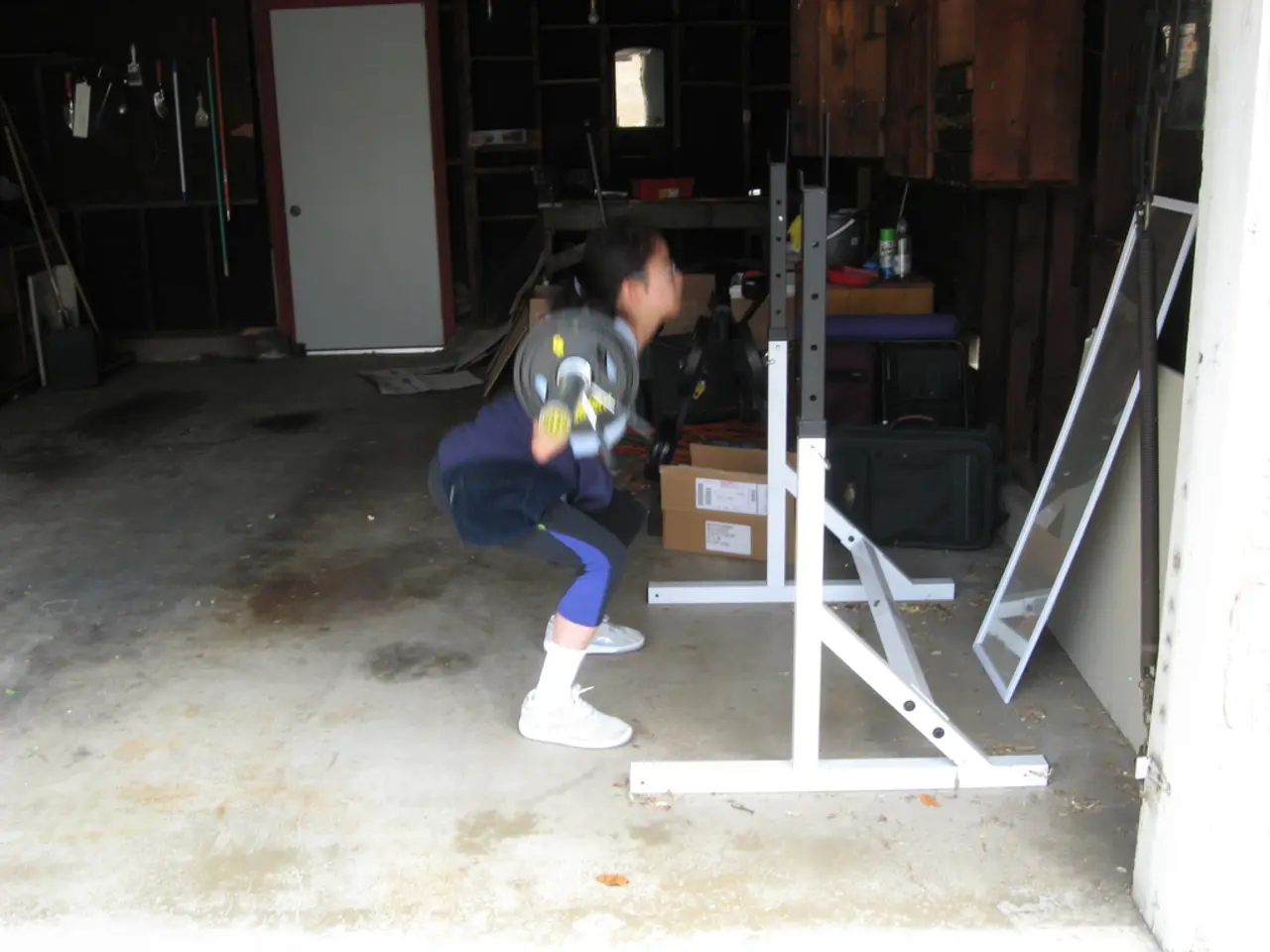Abdominal Oblique Muscles: Frequently Neglected Core Muscles Critical for Maintaining Back Health, Good Posture, and Balance
The obliques, muscles that run along the sides of the waist, play a crucial role in maintaining a healthy spine and improving posture. These muscles are made up of two layers: the external and internal obliques. The external obliques run diagonally from lower ribs down toward the opposite hip, while the internal obliques sit underneath with fibers running diagonally upward from the pelvis toward the ribs.
These muscles are essential in supporting the spine, keeping a person upright, balanced, and moving comfortably through daily activities. Strengthening the obliques can help prevent lower back and hip pain, as weak obliques can prompt a cascade of instability and misalignment.
Long, steady exhales activate the obliques and properly position the rib cage. By being intentional with breathing, one can strengthen the obliques and improve posture and stability. This is supported by research, with a study in the Journal of Physical Therapy Science showing that diaphragmatic breathing integrated into core training improves core strength and function more effectively than exercises not linked to breath.
There are various exercises that target the obliques. Dumbbell side bend exercises, side plank exercises, and chop exercises using a resistance band or cable are all effective in strengthening the obliques. The offset carry exercise also strengthens the obliques and improves posture.
Start with two to three sets of each exercise, focusing on form and breathing. Targeted core training programs like Pilates can increase the thickness and activation of the obliques.
Strong obliques are not just beneficial for athletes in sports like tennis, baseball, and golf, but also for everyday activities like raking leaves, shoveling snow, or carrying groceries. They stabilize the trunk during single-leg movements, help transfer force from the lower body to the upper body, and are essential for maintaining balance.
The importance of the obliques in maintaining a healthy spine and improving posture cannot be overstated. Christa Orecchio, author of the book 'Practical Solutions for Back Pain Relief,' and Dana Santas, known as the 'Mobility Maker' and a certified strength and conditioning specialist and mind-body coach in professional sports, both emphasize the role of the obliques in back pain relief and posture improvement.
Research consistently links core weakness to lower back pain, which affects up to 80% of American adults at some point in their lives. Therefore, it is crucial to prioritize oblique strength training for a healthier spine and improved posture.






